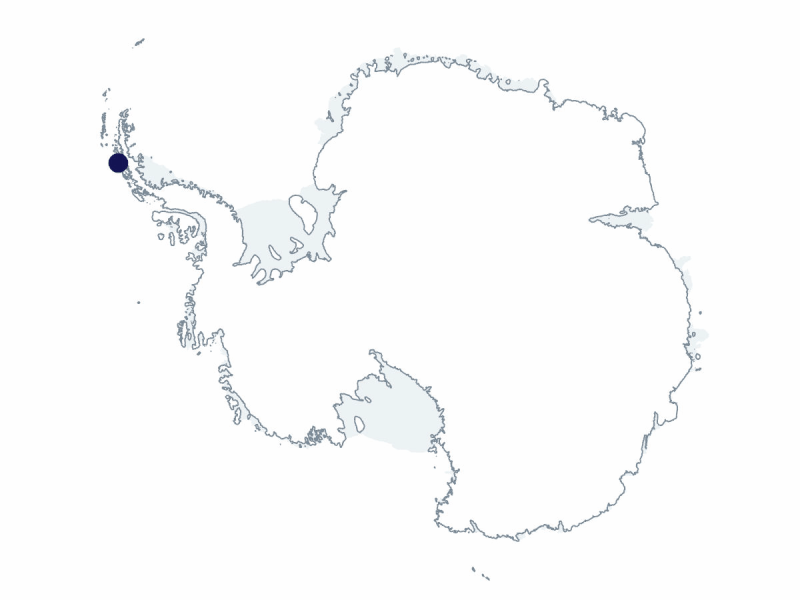2024-2025 USAP Field Season
Project Detail Project TitlePAL-LTER: Ecological response to "Press-Pulse" disturbances along a rapidly changing West Antarctic Peninsula Summary
Event Number:
Program Director:
ASC POC/Implementer: Principal Investigator(s)
Dr. Oscar Schofield
Project Web Site: Location
Supporting Stations: Palmer Station DescriptionSeasonal sea ice-influenced marine ecosystems at both poles are characterized by high productivity concentrated in space and time by local, regional, and remote physical forcing. These polar ecosystems are among the most rapidly changing on Earth. The Palmer Long Time Ecological Research (PAL-LTER) seeks to build on three decades of long-term research along the western side of the Antarctic Peninsula to gain new mechanistic and predictive understanding of ecosystem changes in response to disturbances spanning long-term, subdecadal, and higher-frequency “pulses” driven by a range of processes, including long-term climate warming, natural climate variability and storms. These disturbances alter food-web composition and ecological interactions across temporal and spatial scales that are not well understood. Researchers will contribute fundamental understanding of how population dynamics and biogeochemical processes are responding within a polar marine ecosystem undergoing profound change. Field Season OverviewThe phytoplankton and bio-optics component seeks to understand how changes in phytoplankton dynamics, such as an increase in fresher water due to melting ice, propagate through the ecosystem – with such effects ultimately affecting fish, seabirds and marine mammals. Because photosynthesis is driven by sunlight, characterizing the quality and quantity of light available for use by phytoplankton is important. They will deploy a wide range of sensors to measure these optical properties which in turn help our understanding of the underlying role of light variability in phytoplankton dynamics. Two participants will deploy to Palmer Station to conduct twice weekly water sampling, bioacoustic surveys and irradiance surveys at Stations B and E. They will participate in twice weekly acoustic surveys along transects near Palmer Station. Incubations using 14C will be conducted throughout the summer. Additionally, the group will be bringing a Slocum glider, which will be deployed in December-January to conduct autonomous transects in the Western Antarctic Peninsula. Deploying Team Members
|
2024-2025 Science Planning Summary



For USAP Participants |
For The Public |
For Researchers and EducatorsContact UsU.S. National Science FoundationOffice of Polar Programs Geosciences Directorate 2415 Eisenhower Avenue, Suite W7100 Alexandria, VA 22314 Sign up for the NSF Office of Polar Programs newsletter and events. Feedback Form |



